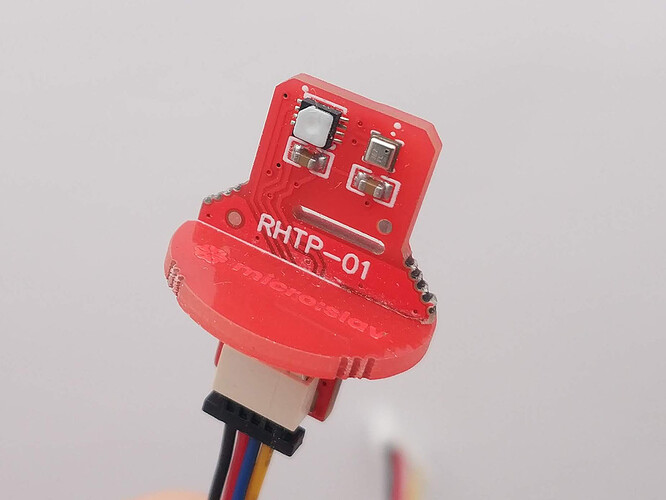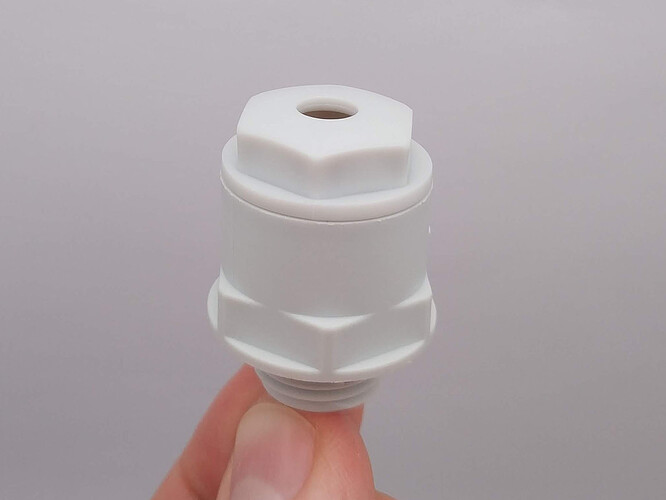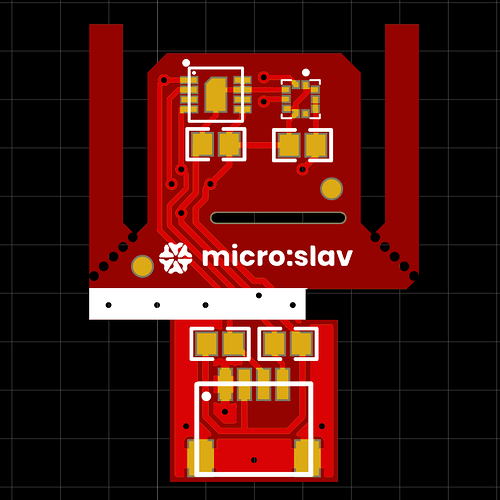Standard SHT31 like many similar sensors have capacitive mirror visible from outside. There is a possibility that dust particles will land on this mirror making measurements inaccurate.
Yes. I made prototypes for NAM 0.3.
Now I got version 1.2 and working on 1.3.
RHTP-10 / RHTP-11 is based on SHT31+BMP388
RHTP-20 / RHTP-21 is based on SHT35+BMP390L
RHTP-x0 have 0x45 + 0x77 I²C addresses
RHTP-x1 have 0x44 + 0x76 I²C addresses
Sensor have connector compatible with SparkFun Qwiic & Adafruit STEMMA QT.
But this sensor will have to wait since BMP388 is also unavailable right now.
For me typical use case for DS18B20 is as soil/water temperature sensor.
Yes. All DIS-F sensors have PTFE cover.
That’s why I simply designed better sensor, with:
- SHT31 and BMP388 for good price/accuracy ratio
- cheap enclosure with M16 thread
- modular, low profile connector
- thermal shield and thermal gap between inside of MCU enclosure and outside environment
- low dead volume, yet with good rain/snow protection
I’m also experimenting with conformal coating for harsh environments. I would like to build very robust and affordable sensor. Which is easy to mount to every device with M16 thread or 16mm hole. Sensor designed with Citizen Science in mind, not just another module for Arduino.



